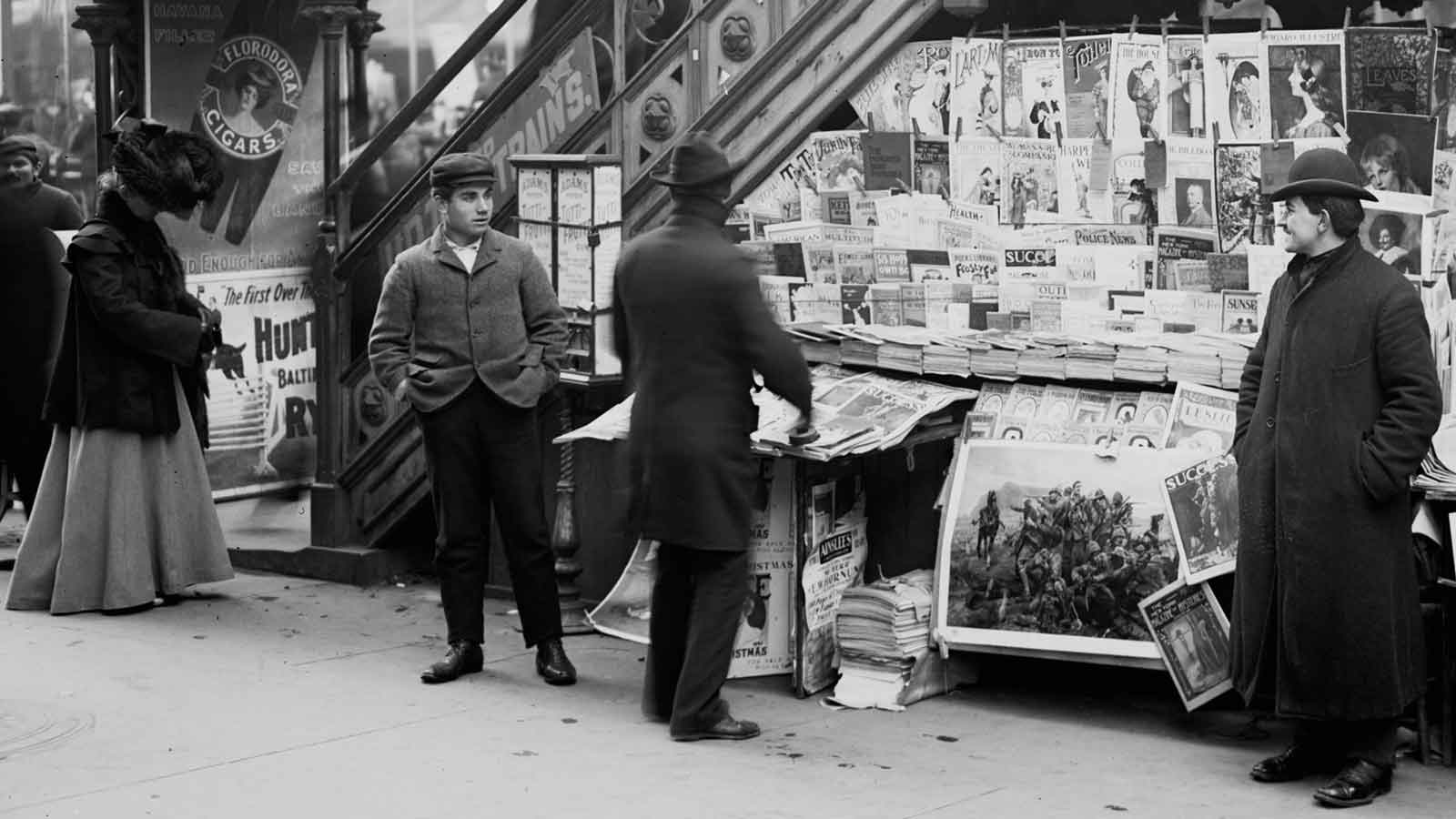The first commercially produced interchangeable lens camera appeared in 1839.
Louis Daguerre's Daguerreotype camera was produced by Alphonse Giroux as the "Giroux Apparatus", and came with what was simply described as a 'landscape' lens.
The first commercially produced 3rd party lenses were introduced in 1840. These included designs from mathamatician Joseph Petzval's as manufactured by Peter Voigtländer's firm in Vienna, Charles-Louis Chevalier's 'Doublets' from Paris, along with designs from many other opticians or optical companies who were producing what would soon be termed as 'portrait' lenses. Early attempts at trying to photograph a person while being posed was difficult, as they had to remain perfectly still for 3-30 minutes. As chemical exposure times grew shorter, and lens speeds increased, portraiture became common with newer types of lenses and processes to make it more practical.
Following closely behind these modern marvels of their time, was one of many "cart before the horse" events that often happen throughout history... "A camera with changeable lenses" was granted as a patent in 1841, to a french-born glass maker and photographer, Antoine Claudet... now based in London.
Beyond the history, and into the art
Some things have not changed at all over time when it comes to capturing images. The medium used to store the image has slowly evolved from a physical and chemical process to a virtual and digital one, but the hardware we use has always consisted of a device to capture, and the light-gathering optics in front of it. The combination of what those two objects are has remained a choice for the user who controls the capture. The optical part of that choice has a significant impact on how well one captures an image and all that it conveys to the viewer.
How do you figure out what lens you should choose?
That's the point of this site... to provide a visual-only reference in showing the real world result of what can be produced when a given lens is used. There won't be a massive list of numbers, graphs, technical illustrations, calculations and equations, or any textual descriptions or 'ad speak' to muddy the decision process. You simply see the characteristics and all the subtlties that result when the gathered light is rendered to its target. Does the lens help you to interpret what you see and assist you in presenting it to others? If it can, you've just found the right lens.
In this author's estimation, photographers are better off in serving the results of a photo when they work from their subject back towards themselves. The lens is first in line for the capture process, and if the lens isn't capable of doing its job to match your intended vision, the camera or any other post-processing won't be of any help to fix that problem.
Brands of gear, capture formats, a capture medium's chromatic properties, and any other nuances are all secondary (and with differing weights) and all play their part in continuing the creative process... but where you start with a lens choice affects everything else that follows.
Sources...
Encyclopedia of Nineteenth-Century Photography, by John Hannavy (Routledge | 2007 | ISBN: 0415972353)
"The Petzval Lens" by Dan Colucci, Issue #171, New England Journal of Photographic History: http://www.antiquecameras.net/petzvallens.html
Banner Image (Cropped from original scan):
- Copyright 1903 & Published by Detroit Photographic Co.
- Image Tag / Title: 016161 / A characteristic sidewalk newstand, New York City ( Library of Congress )
- Camera: 8x10 View Camera / Negative: Dry glass plate / Lens: -Unknown-
- Digital Capture: 9569 x 7618 pixels, by a Sinar 54H ( Sinar 54H on a Sinar p3 Digital view camera )
- Location & Timeline: The IRT Sixth Avenue Line entrance-way, at Twenty-third Street and Sixth Avenue, New York, NY. Presumably shot around December, 1902 to January, 1903; as-dated by the publication date range from the periodical covers shown in-photo.
